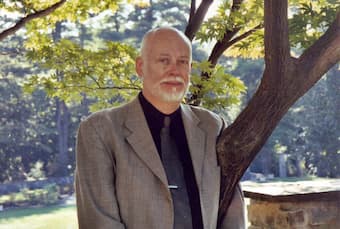
Gary Smart
American composer Gary Smart combines an interest in Americana, world music, and jazz with his education in Western classical music to create an improvisation style that permits him to react and perform. When his improvisational style meets with 4 painters who also have what might be considered an improvisational style, it’s a lucky meeting for all.
Smart’s piano composition, Four American Painters, looks at four abstract expressionist painters: Willem de Kooning (1904-1997), a Dutch painter who moved to the US when he was 22; Mark Rothko (1903-1970), a Latvian painter who moved to the US with his family at age 10; Jackson Pollock (1912-1956), an American painter who is best known for his ‘action paintings’; and Helen Frankenthaler (1928-2011), who created large format abstract compositions based on forms in nature.
Willem de Kooning started painting in the style called ‘abstract expressionism’ after WWII, along other artists including Pollock, Lee Krasner, Rothko, and Helen Frankenthaler. De Kooning entered the US in 1926, having stowed away on a British freighter. His first works were inspired by Matisse still life paintings and then moved into biomorphic abstraction and traditional figure paintings.
Gary Smart: 4 American Painters – No. 1. De Kooning (Gary Smart, piano)
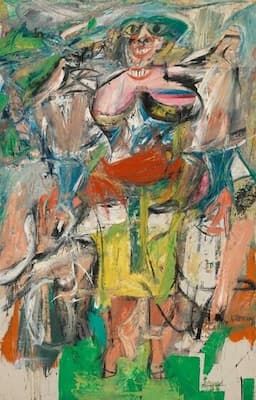
De Kooning: Woman and Bicycle (1952)
(New York: Whitney Museum)
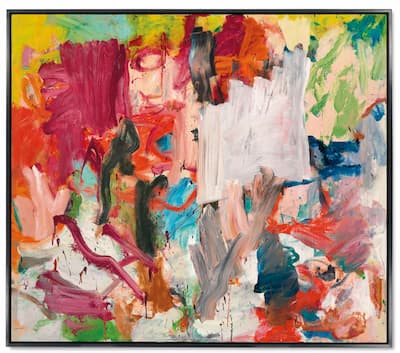
De Kooning: Untitled XXV (1977)
Mark Rothko produced his Color Field paintings between 1949 and 1970. He saw his paintings as dramas but without the figurative subjects used before WWII. In Untitled (Multiform) from 1948, the colours extract and expand, project and retract as the viewer’s eye covers the canvas.
Gary Smart: 4 American Painters – No. 2. Rothko (Gary Smart, piano)
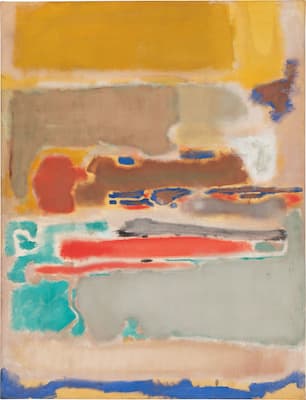
Rothko: Untitled (Multiform) (1948) (National Gallery of Australia)
A more representative work is No. 61 (Rust and Blue) from 1953. Rothko applied colour in thin washes, and the color appears to float, with a rich luminosity. This is the same quality that Gary Smart picks up in his improvisation.
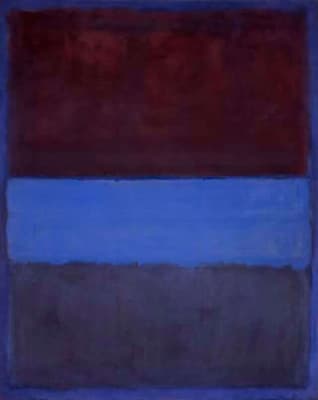
Rothko: No. 61. Rust and Blue (1953)
(Los Angeles: Museum of Contemporary Art)
Jackson Pollock, known for his technique of pouring or splashing paint onto a horizontal surface, gets the most active treatment by Smart, and this is where the improvisational piano matches the improvisational painting. Each artist works with a selected palette – be it key or color – and creates an active work that moves the listener/viewer in its spirit.
Gary Smart: 4 American Painters – No. 3. Pollock (Gary Smart, piano)
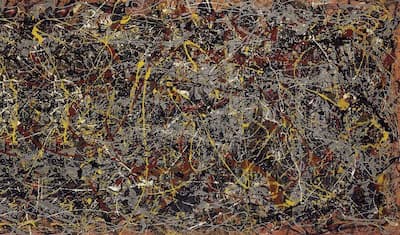
Pollock: No. 5 (1948) (private collection)

Pollock: Autumn Rhythm (Number 30) (1950) (New York: Metropolitan Museum of Art)
The final painter, Helen Frankenthaler, was the rare woman in the Abstract Expressionist group. Often overlooked, or dismissed by critics as creating softer, less hard-edged works than then more visible male artists, her work has to be reconsidered in light of the tremendous influence she had on following abstract artists.
In her 1950 work, Painted on 21st Street, Helen Frankenthaler created a truly mixed media piece, combining oil, sand, plaster, and coffee grounds on her canvas.
Gary Smart: 4 American Painters – No. 4. Frankenthaler (Gary Smart, piano)
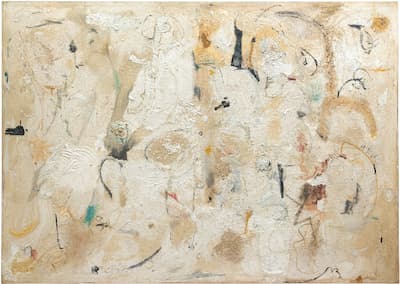
Frankenthaler: Painted on 21st Street (1950) (Washington, DC: Hirshhorn Museum)
Her 1952 work, Mountains and Sea, was influential for the following Color Field painters. Like Pollock’s work, this was created by pouring thinned paint directly onto raw, unprimed canvas laid on the studio floor. She worked from all sides and created floating fields of colour. She then added lines in charcoal.

Frankenthaler: Mountains and Sea (1952) (Washington: on loan to the National Gallery of Art)
A late work, Flirt (1995), carried the Color Field style further and provided more inspiration for both men and women artists.

Frankenthaler: Flirt (1995) (Helen Frankenthaler Foundation)
In his piano suite of artists, Gary Smart has tried to capture in sound what we are seeing with our eyes: non-figural portraits, light emerging from the dark, frenzied paint movement, or mixtures of gestures and objects. Musical improvisation and Abstract painting have their complementary sides.
For more of the best in classical music, sign up to our E-Newsletter




